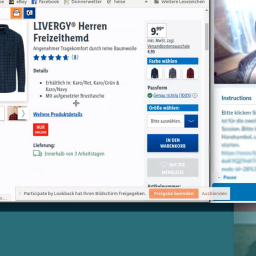
What people say is always important – but is it always accurate, true, sincere, complete? The answer is almost certainly ‘no’ though this doesn’t mean that the individual is deliberately misleading or withholding. It is simply an element of human behaviour that what we say is nuanced and coloured significantly by tone of voice, body language and other non-verbal cues and code. In fact, it has been claimed by researchers that the verbal content of a message accounts for only a small part of the intent and meaning and the rest is wrapped up in other signals.
The significance of this covert element of communication can be vitally important in user research – so it will probably be helpful to define exactly what we mean by body language and how to identify and interpret it.
Body language is anything we do with our body, limbs, expression while we are communicating including posture and even small changes of facial expression. For our purposes here it also includes tone of voice and coded language. But how on earth can you put all of this together to come up with meaningful outcomes (without being a psychologist yourself!).
Experts tend to look for clusters of behaviours to suggest true expression of feeling; for example, if someone is sitting with the legs crossed, arms folded and palms down they are probably in defensive mode and their responses may be guarded or evasive. You can take steps to combat these sort of stances by engaging the subject in some form of activity that prevents them from adopting the resistant pose. Research suggests that the body and face attitude can determine as well as reflect response so if you put someone in a more positive stance their engagement is likely to follow suit.
Facial expression and touching of the face or head are other clues to true and honest intent. When people are not being truthful they tend to touch their head more, cover their mouth, scratch their neck or ear, put their hands to their eyes and so on. If an interviewee is doing this and evading your eyes also there is a good chance they are not telling the whole truth. It might be worth double-checking responses that come with these mannerisms to check on their veracity. As the questions again in a different form or ask for expansion or clarification and see if the responses are consistent.
The other side of body language is your own when conducting user research. Do you employ the optimum in terms of appearing open, welcoming, engaging and so on to the subjects? Could you do more to relax them, make them more responsive and get them into a mood and environment where they want to help and give you the right information?
Consider some of these that might assist in this aim:
- Don’t take a dominant or overbearing position; put yourself at the same level as the participants and don’t encroach on their space or appear pushy or over-intrusive;
- Make yourself appear like them as much as possible so you don’t appear in a position of power – you just want to be an ordinary person talking to them in a conversational manner;
- Don’t adopt defensive stances such as folded arms or crossed legs yourself; appear open and interested, lean forward and engage;
Show signs of empathy, engagement and encouragement by nodding, giving confirmatory responses and making eye contact – but don’t overdo the latter as it can appear aggressive and feel uncomfortable for the recipient.
If you would like to know more about user experience research, call us on +44(0)800 024624 or email us at hello@ux247.com.

















